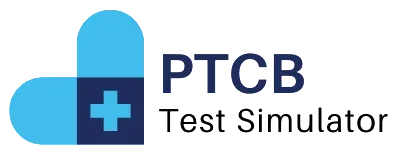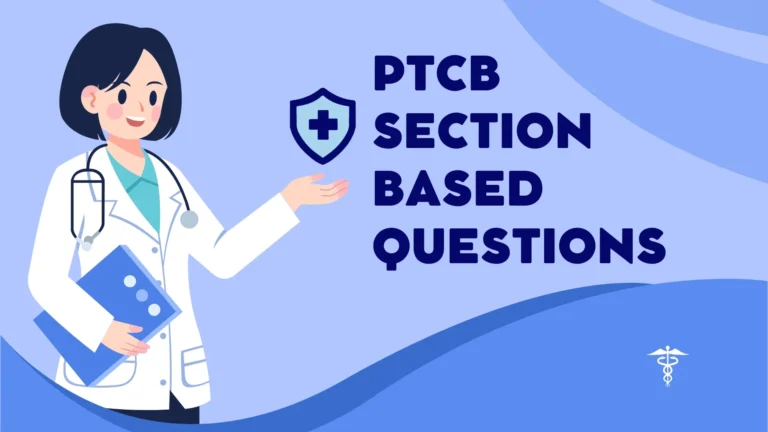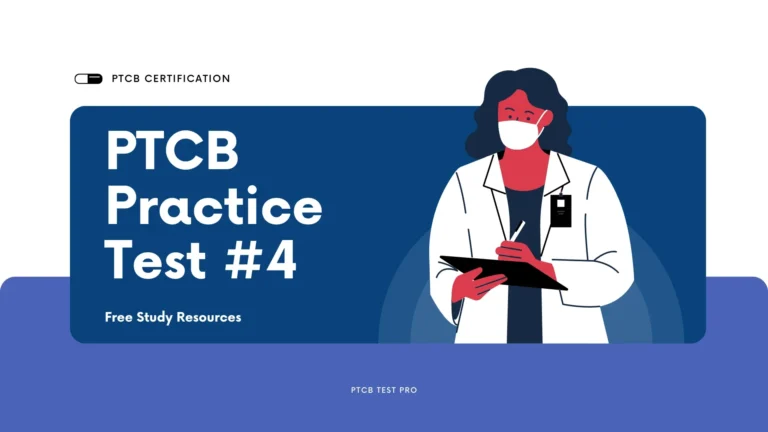HESI Anatomy and Physiology Practice TEST
The Hesi Anatomy and Physiology Practice Test will assist you in understanding the respective concepts. In anatomy, you study the body morphology while in physiology you look at the functions performed by the various parts of the body. This test evaluates your general and essential knowledge of body functions and parts. Later on, you can diagnose, provide treatment, and care for the patient. Anatomy and Physiology involve providing care for one’s health, explaining preventive measures to explicit the happening of diseases, and giving treatment to the deteriorated condition of patients. Hence, the Hesi Anatomy and Physiology practice test will motivate you with a holistic point about health, elaborating on the linkage between functioning and morphology of the body.
Significance of The Practice Test
The Hesi Anatomy and Physiology Practice test helps a medical professional evaluate their knowledge in these respective subjects as this quiz is now considered a precious asset for practicing.
- Bracing details: A medical professional needs to perform practice tests on a daily basis as it increases the learning and retention of various complex concepts. Such subjective requirements include long-term memory, fast learning, and effective memorization. So, this practice will help you keep memorizing your basic concepts.
- Understanding the material: The Hesi Anatomy and Physiology Practice test guide once you solve the quiz and after performing you will be able to analyze your areas of weaknesses and strengths. The medical professional can gauge its power of understanding the material after taking this quiz.
- Ways to prepare: If you are sincere with your preparation then the Hesi practice test can show the same manner as you feel while taking a real exam. This plays a crucial role for those who are currently in the process of licensing or certification exams.
Structure of the HESI Practice Test
The HESI Anatomy and Physiology practice test is designed to mirror the structure and content of the actual HESI exams, which nursing students must pass to qualify for licensure. This practice test typically includes multiple-choice questions covering a broad range of topics, including cellular biology, tissue types, organ systems, and homeostatic mechanisms.
One of the key features of the HESI practice test is its ability to adapt to the learner’s level of knowledge. Many online platforms offer adaptive learning technologies that adjust question difficulty based on the student’s performance. This personalized approach not only enhances learning but also helps identify areas that require further study.
Strong Preparation ways
To prepare for the Hesi anatomy and physiology practice test, you should work on some strategies:
1. Steady Assessment: Consistent review of lecture notes, textbooks, and other materials can strengthen learning and retaining. Your Learning and memorization power assist here in a better way.
2. Target Weak Areas: After taking practice tests, you should focus on areas where they struggled, ensuring a well-rounded understanding of the material.
3. Active Erudition: Engaging with the material through discussions, teaching others, or applying concepts in practical scenarios can improve clarity about complex concepts.
4. Group Study: Cooperating with fellows provides chances for debate, amplification of concepts, and mutual support.
5. Timed Practice Tests: Completing practice tests under timed conditions can help students manage their time effectively during real exams.
Close-End
As a result, the HESI Anatomy and Physiology Practice test is an indispensable tool for medical professional students. It not only helps reinforce critical knowledge but also enriches vital test-taking skills that are vital for academic success and professional development. As nursing education continues to evolve, utilizing resources like the HESI practice test will be essential in preparing future nurses to meet the demands of an ever-changing healthcare landscape. By committing to thorough preparation through such tools, nursing students can lay a solid foundation for their careers, ensuring they are well-equipped to provide high-quality care to their patients.


